-

After a mostly dry weekend, rain should return to all of the Southeast by mid-week, increasing its coverage to include all of the region by the end of the week, according to the latest 7 day QPF maps. Amounts will vary from 0.5 inches along the coastal plain of Georgia to over 2 inches in…
Posted in: Climate outlooks -
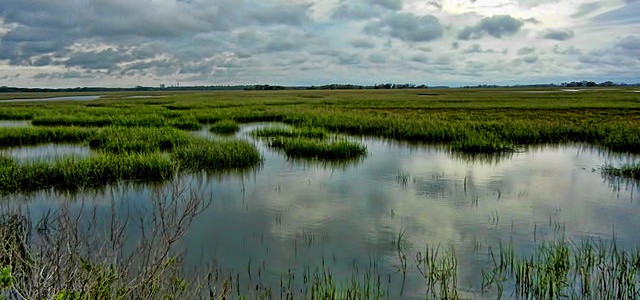
The coastlines and wetlands of Louisiana are disappearing at an alarming rate due to the combination of subsidence of land, erosion and rising sea levels. According to a recent article in the American Association of Geographers newsletter, erosion alone is causing losses of a football field-sized area every hour. This coastline once accounted for 40%…
-

Atlas Obscura has interesting stories about many obscure topics, and this is no exception. The answer is—they were all used to test hot air balloons before humans went up in them. You can read more about their exploits here.
-
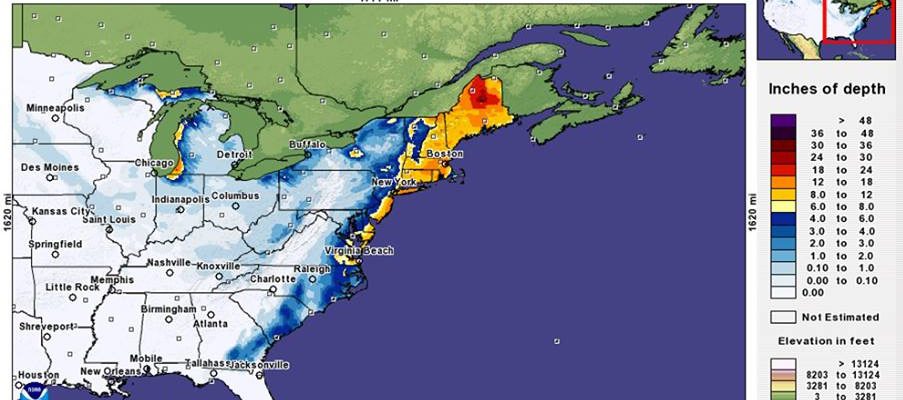
For those of you who love snow and enjoyed the unusual winter conditions along the East Coast, you might be interested in this snowfall map published by Steve Hilberg on the CoCoRaHS Facebook page. Areas in the Northeast got a lot more than we did!
Posted in: Climate and Ag in the news -
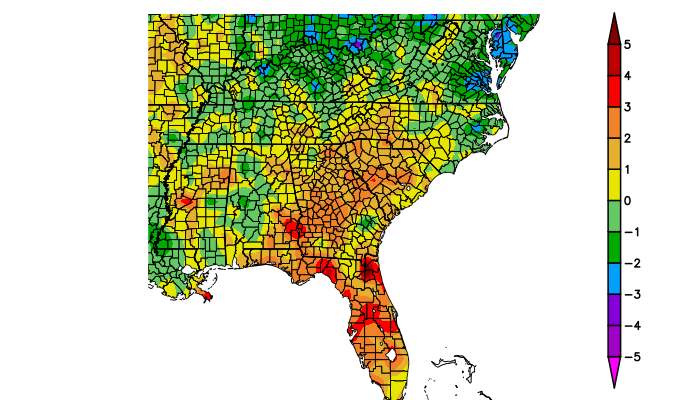
Although the month of December ended in a blast of chilly air for most of the Southeast, average monthly temperatures for almost the entire state of Georgia were above normal due to warm conditions at the beginning of the month. Precipitation varied across the state, although in most areas it was drier than normal. A…
Posted in: Climate summaries -
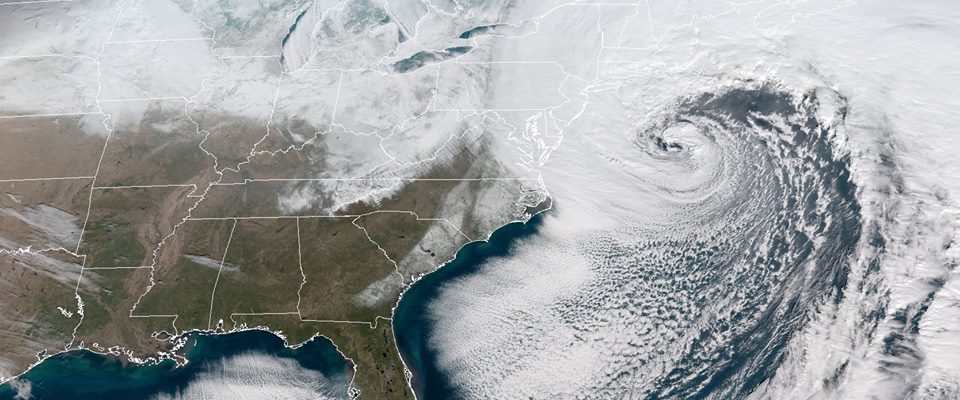
The State Climate Office of North Carolina has issued a special report on the snow storm that is moving up the East Coast. You can read more about the snow that fell in NC and see a map of snowfall amounts at https://climate.ncsu.edu/climateblog?id=251&h=5666e5c1.
Posted in: Climate and Ag in the news -
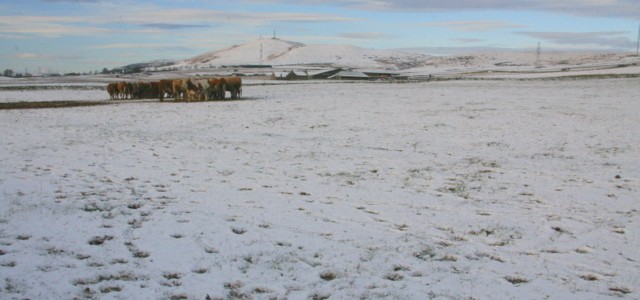
Because of the frigid weather this week, livestock producers need to take extra care of their animals. Here are a couple of resources that you might find useful. Southeast Cattle Advisor: Cattle, Cold Weather, and Energy Demands Drovers.com: Cold Weather Management Options for Cattle